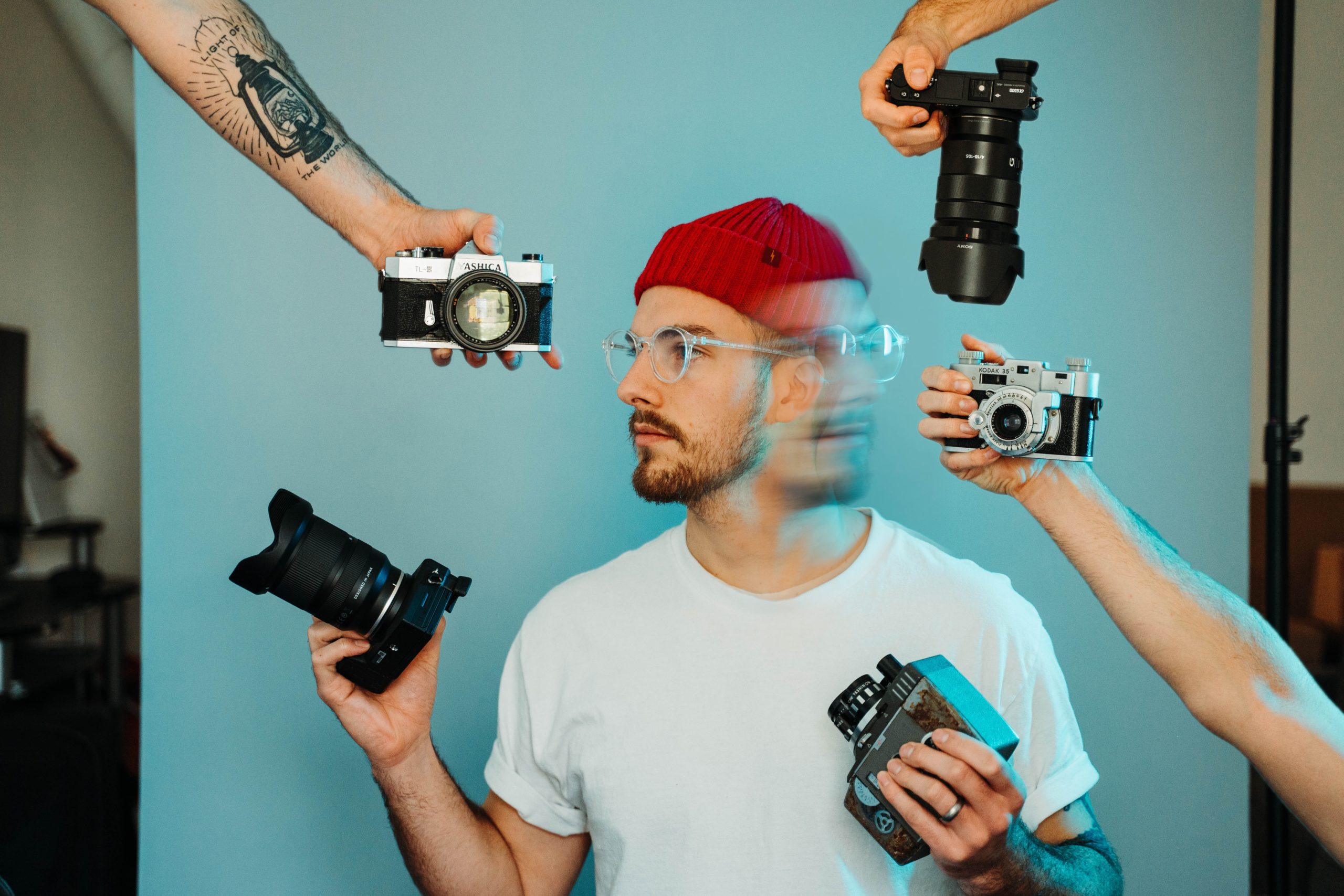
The modern world has witnessed three major economies. First, there was the industrial economy in which people earned money through physical activity. Then came the consumer economy in which people made money performing services. Next, the knowledge economy enabled people to earn money through leveraging intellectual capital and insight.
In these past few years, we’ve been witnessing the birth of the creator economy, a new economy fueled by social media platforms and video sharing. This new working order democratizes the ability for anyone to become a celebrity. Here’s a look at four key facts of this new economy.
Who
While many consider the creator economy to be limited to YouTubers and Instagram influencers, it actually has a wider breadth. In essence, everyone with an online presence is a creator, since we are all making content and sharing it online in some form.
A more exclusive definition of a creator is anyone who monetizes content online. This represents not just social media influencers, but also includes those who create and sell NFTs, ebooks, podcasts, digital art, etc.
Because there are such low barriers to entry in the creator economy, even kids can do it. In fact, one of the most famous YouTube creators is Ryan, an 11-year-old with 30.9 million subscribers who posts videos of himself playing with toys. Ryan is reportedly worth $32 million.
The participation of kids in the creator economy is influencing how younger generations view their future. According to a recent study, one third of kids between ages eight and 12 want to be either a YouTubber or Vlogger when they grow up.
Size
The current size of the creator economy is over $100 billion and growing. YouTube alone expects a $30 billion stream of revenue by the end of 2021. Of the 50 million people that consider themselves a creator, around two million of these are professionals making six-figure salaries.
Where’s the money?
Just like other economies, one of the ways that creators are recognized for their contributions is by getting paid. While this payment used to come from ads, branded content, or sponsorships, today’s monetization looks different. That’s because, instead of relying on third party sponsorships and brands to receive payments, creators now receive payments via subscriptions, tips, and even by payments directly from the user.
One of the latest examples of this is TikTok, which recently introduced the concept of in-app tipping. Users with more than 100,000 followers can apply to begin receiving tips from their fan base. When they receive a tip, 100% of the compensation goes to the creator; TikTok doesn’t take a commission.
Creators aren’t just getting paid in dollars. Owners and creators of non-fungible tokens (NFTs) receive payment in cryptocurrencies in exchange for their work. For more on how NFT compensation works, check out our piece 7 Things to Know about the NFT Craze.
How to leverage the opportunity?
The most important part about the creator economy for banks and fintechs is knowing how to leverage the opportunity. The future of this economy is unlike any we’ve ever seen in that payment and monetization may not rely on traditional banking infrastructure. In fact, many participants’ future revenue will be decentralized.
What we know for sure, however, is that personalization and customer experience matter and will continue to reign, even when payments are thrown off the rails. Many digital banks are already capitalizing on this opportunity. Just take a look at Nerve, a bank for musicians; Karat Financial, a bank for digital creators; and Willa, an invoicing tool for creators.
These financial services firms are different from banks in that they understand the unique challenges that come with being a creator. For example, creators experience many of the same difficulties as the self-employed, such as difficulty qualifying for a loan. They also often times have lumpy cashflow and need help with budgeting and financial planning.
There is still time for traditional banks to come up to speed in the creator economy. The key to serving this unique customer base will be to expand your existing resources for self-employed customers by offering new services such as revenue-based financing and on-demand wage access. As with most things in today’s digital banking era, the only way to properly serve this new user base will be through partnerships.